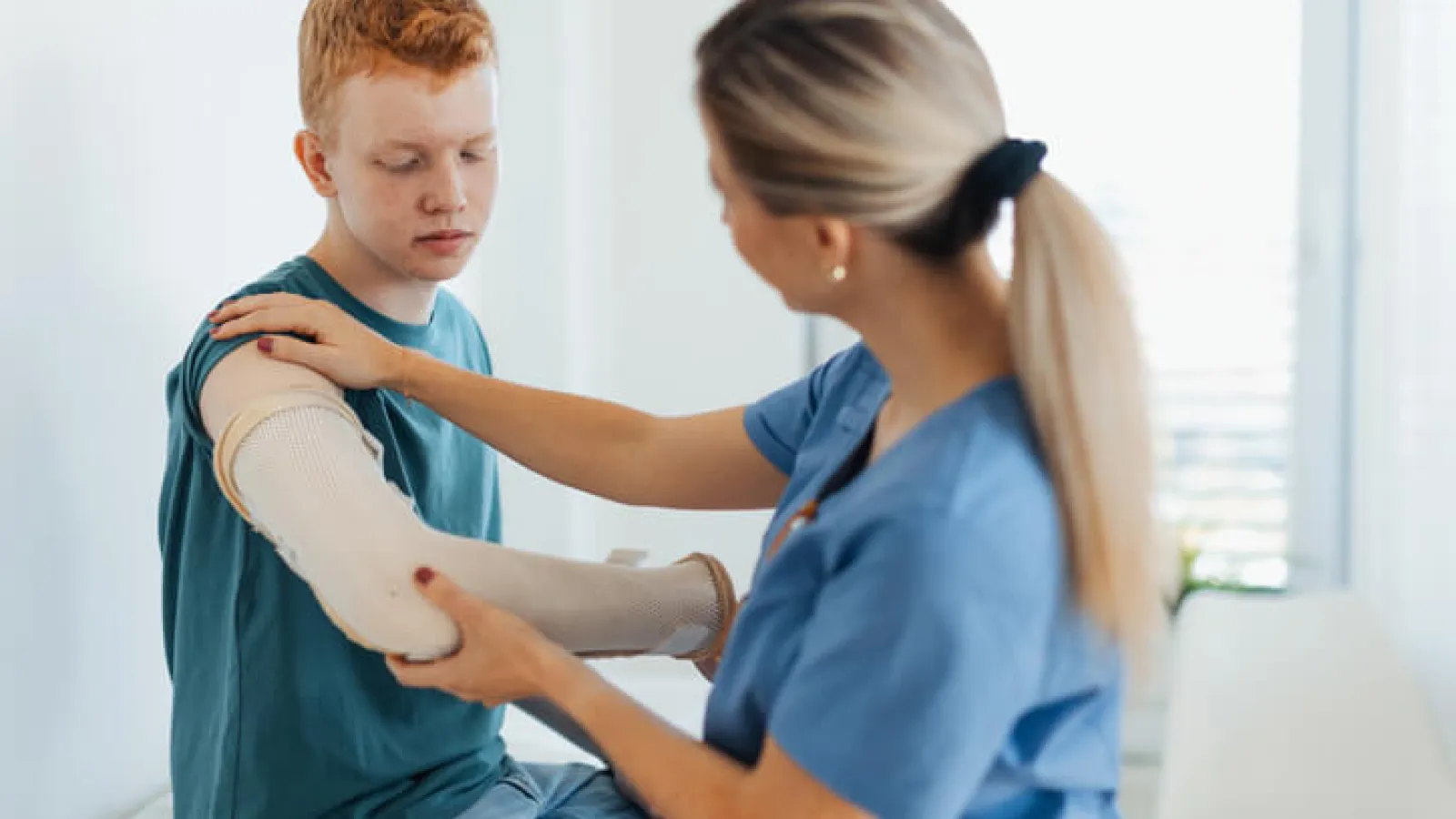When children experience injuries or discomfort in their
bones and joints, it can be a stressful time for parents. Understanding where
to turn for expert care is essential.
Walk-in pediatric orthopedic clinics offer specialized
treatment for a wide range of conditions affecting children. These clinics
provide timely, professional care without the need for an appointment, giving
parents peace of mind.
Let us explore common conditions treated at a walk-in
pediatric orthopedic clinic. We will also discuss how these clinics can help
ensure your child receives the attentive, expert care they need.
What Is a Walk-In Pediatric Orthopedic Clinic
A walk-in pediatric orthopedic clinic is a specialized
healthcare facility. It focuses on diagnosing and treating musculoskeletal
conditions in children.
These clinics offer the convenience of orthopedic care
without requiring an appointment, often making them a preferred choice for
urgent and non-urgent cases.
Walk-in pediatric orthopedic clinics are staffed by experts
trained in pediatric orthopedics. They understand the unique needs of growing
children and adolescents. These facilities are equipped to handle everything
from injuries like fractures to chronic conditions such as scoliosis.
Common Conditions Treated at Walk-In Pediatric Orthopedic Clinics
The following are the most common conditions treated at a
walk-in pediatric orthopedic clinic like OrthoAccess Orthopaedic Walk-In Clinic
of Orthopaedic Associates of Maine.
Sprains and Strains
A misstep during a soccer game or a fall during a playground
adventure can result in sprains or strains.
·
Sprains
happen when a ligament, the tissue connecting bones, is overstretched or torn.
·
Strains
involve an overstretched or torn muscle or tendon.
Symptoms can include pain, swelling, and limited movement of
the affected area. At a walk-in pediatric orthopedic clinic,
specialists can evaluate the injury and provide treatments like braces, wraps,
or physical therapy recommendations.
Fractures
Falls, sports injuries, or accidents can lead to fractures
(broken bones), which are often one of the most urgent issues treated. Symptoms
include severe pain, swelling, and possible deformity.
Walk-in pediatric orthopedic clinics
have the expertise to provide immediate care with on-site imaging (e.g.,
X-rays) and treatments such as splints or casts.
By receiving treatment at a walk-in pediatric
orthopedic clinic, you avoid the higher costs and longer wait times
associated with emergency rooms.
Dislocations
A dislocated joint occurs when the ends of the bones are
forced out of their normal position, often caused by a fall or sports accident.
Shoulder and elbow dislocations are some of the most common issues in children.
Walk-in pediatric orthopedic clinics provide immediate care,
including repositioning the joint, pain management, and recommendations for
physical therapy if needed.
Sports and Activity-Related Injuries
Engaging in sports offers countless benefits for children,
but injuries can occur. Conditions like growth plate injuries, overuse
injuries, and tendonitis often appear in young athletes.
Specialists evaluate and treat these issues while offering
advice on preventing future injuries.
Minor Joint or Muscle Pain
Sometimes, children complain of joint or muscle pain that is
not linked to a specific injury. This can result from issues like juvenile
arthritis, Osgood-Schlatter disease, or growing pains.
Orthopedic specialists can identify the underlying cause,
provide treatment options, and recommend steps for ongoing care.
Congenital and Developmental Conditions
Conditions that children are born with or develop early,
such as hip dysplasia or clubfoot, can be addressed at pediatric orthopedic
clinics.
Specialists are skilled in evaluating and treating these
conditions to ensure children can develop and grow as comfortably and naturally
as possible.
Repetitive Stress Injuries
Repetitive activities, whether sports-related or academic
(e.g., typing or writing), can lead to painful conditions such as "Little
League elbow" or wrist strain.
Pediatric orthopedic specialists use imaging and clinical
evaluations to design personalized treatment plans for these children.
What Happens During the Visit
When you visit a walk-in pediatric orthopedic clinic,
here is what you can typically expect.
·
Evaluation by Experts:
Pediatric orthopedic specialists will thoroughly assess your child's condition.
·
On-Site Imaging:
Many clinics provide X-rays or other imaging to diagnose the issue quickly.
·
Treatment Plan:
After diagnosis, a detailed treatment plan will be developed. This may involve
casting, physical therapy, or further follow-ups.
Clinics such as Orthopaedic Associates of Maine's
OrthoAccess Orthopaedic Walk-In Clinic are designed to deliver effective,
precise care when you need it most.
Walk-In Pediatric Orthopedic Clinic in Portland, Maine
The next time your child faces a bone or muscle injury,
consider specialized care at a walk-in pediatric orthopedic clinic.
At Orthopaedic Associates of Maine, we have OrthoAccess
Orthopaedic Walk-In Clinic staffed by top orthopedic specialists who provide
timely and expert care.
Whether it is a sprain, fracture, or other sports injury, we
help your child get back to doing what they love. Be assured that our expert
orthopedic care will put their healing first with compassion and precision.
Do not wait for long appointment schedules — get the care your child needs today. Contact 207.828.2100 to schedule an appointment or stop by our walk-in pediatric orthopedic clinic to learn more about our expert pediatric services.
